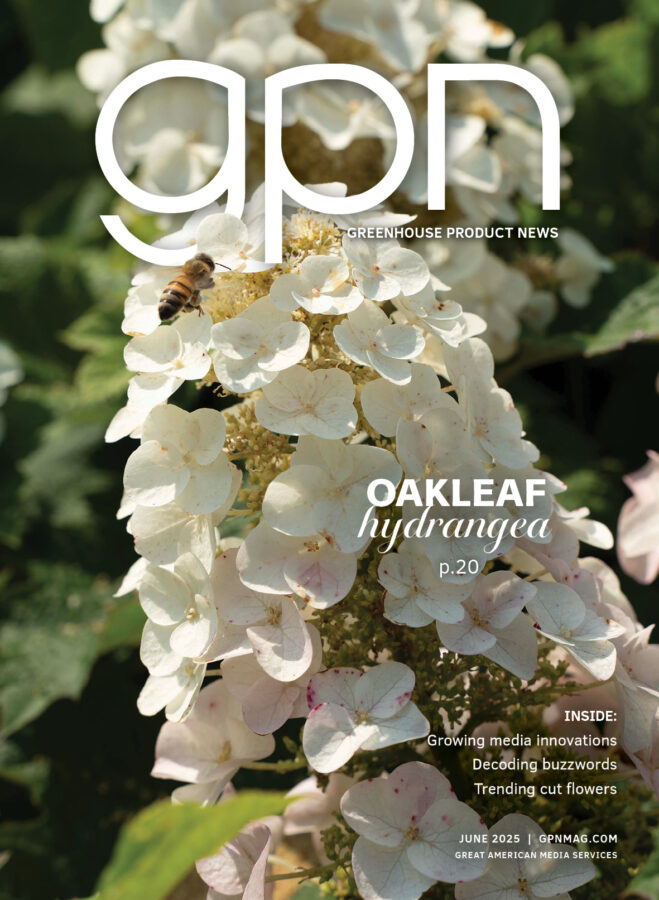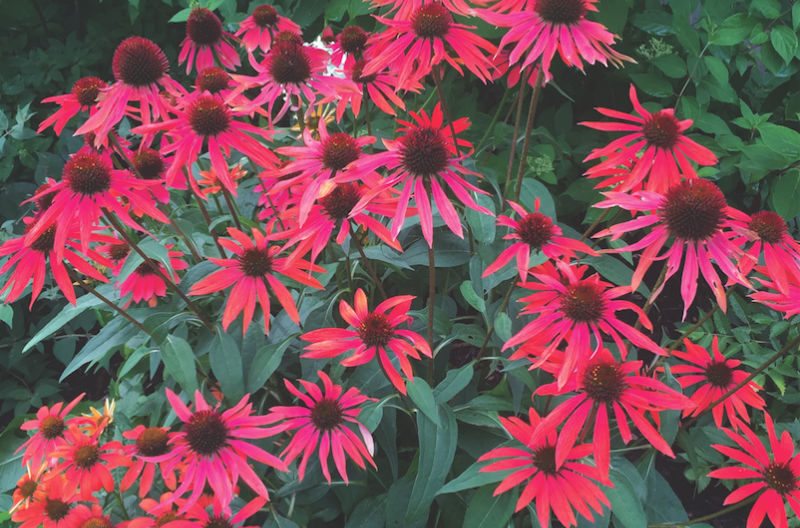
Drought-Tolerant Perennials
The word drought can be somewhat subjective and have various meanings for different people. When I think of what the word drought means, a period of prolonged dryness that reduces plant growth and/or causes damage to crops comes to my mind. A drought can be very short term, lasting several weeks or months (even as little as a few days for containerized plants) or last over an extended period of time (even multiple years). No two drought events are the same, but they all have one thing in common — the absence of water.
It’s not uncommon for various parts of the country to experience short- or long-term droughts with some regularity. With the potential for drought, its frequency at some locations as well as the possibility of water use restrictions, drought tolerance has certainly become an increasingly desirable characteristic of landscape plants. Keep in mind that some perennials are more drought tolerant than others.
Surviving Drought
The architecture of the leaves influences a plant’s ability to withstand drought. Thick, waxy leaves have the ability to store moisture. Hairy or fuzzy leaves tend to keep the moisture trapped near the leaf surface. And fine, lacey foliage allow plants to lose less water due to the reduced surface area.
The root structure also plays an important role in a plant’s ability to survive during dry spells. Some plants have deep root systems to find moisture well below the soil surface, while others have masses of fine roots near the surface which collect and send water to the main roots below.
There are certainly a number of perennials that can tolerate drier conditions and I’ll get to those soon, but first there are dramatic differences in how drought-tolerant plants need to be maintained in containers, in new landscape installations as well as in established plantings. For all drought-tolerant plants, the ability to withstand drier conditions is contingent on how well established they are.
Perennials grown in containers, such as during production, should never be exposed to severe drought-like conditions. Certainly, there’s some wiggle room to grow these plants slightly drier in containers, but its best to avoid overly dry growing conditions for extended periods. I find it best to water them thoroughly and let them moderately dry out between irrigations.
Containerized plants generally become stressed much easier than plants in the landscape. There are several reasons for these stresses. Growing mixes used in containers usually hold less water than landscape soils, plants tend to dry out faster and one of the most significant stresses is soil temperature.
On sunny days, it’s not uncommon for the soil temperatures of containers in outside production sites to climb to over 120° F; some root death can occur at these temperatures. Did you know that root growth slows at temperatures above 86° F and stops completely at 102° F? Between elevated temperatures, less water surrounding the root system and wide swings with the moisture levels, containerized perennials just are not as drought tolerant as plants in the landscape. For these reasons, never consider and treat a containerized plant as if it truly is drought tolerant.
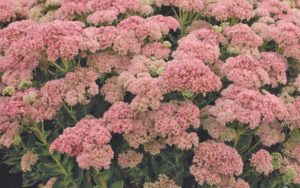
Even drought-tolerant plants need water. New plantings do not perform or survive under drought as well as older, more established plantings. These plants should not be severely water stressed during the first couple of growing seasons to allow them plenty of time to establish and develop an adequate root system. During the first year or two, be sure to supply new plantings with an appropriate amount of irrigation. It’s better to provide less frequent, but deeper irrigations than it is to supply more frequent, light irrigations; this encourages the roots to go deeper into the soil. As time passes, the amount of irrigation provided can gradually be reduced.
It generally takes two to five years for most plants to become established enough that they can withstand drought-like conditions. Keep in perspective that although drought tolerant implies that once a plant is established, it can survive with minimal or no supplemental irrigation, it does not guarantee its survival. These are living organisms and if the water stress is extreme enough, stress injury and plant mortality can still occur. Having said that, choosing drought tolerant plants and ensuring they become properly established can significantly increase the appearance and survivability of a landscape during periods of drought.
Plants to Consider
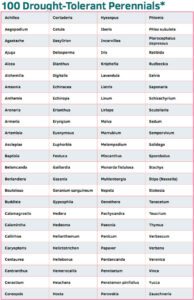
For many people, the first plants that come to mind when considering drought-tolerant plants are the succulents and cacti. However, the plant palette of drought-tolerant plants is much broader than this and includes many colorful and beautiful options. That’s right, there are quite a few perennials that are perfect for low maintenance, water conserving landscapes.
I’ve created a table containing 100 great drought-tolerant perennials for you to consider. As you’ll see, many of them are familiar household names such as echinacea or gaillardia, while others such as pterocephalus are a little more obscure. Many of these perennials have colorful flowers and can be used to brighten up a dry landscape.
Not all of these perennials are suitable for all places. There may be hardiness restrictions or even plants that don’t perform well in soils with average to above average moisture levels during non-drought periods. So certainly, choosing which plants fit your location will still take some thought and consideration. Look at each perennial’s cold and heat tolerance when deciding which plant would be best for your location. One consideration is to stick with perennials which are native to your geographic location or whose native environments are similar to your own.
Remember to give them a little tender loving care after planting and avoid exposing them to drought conditions until they are well established. After drought tolerant perennials are established, they’ll hold their own during dry spells and provide years of beauty in times when other plants would struggle.








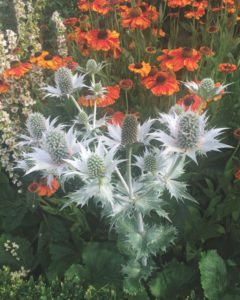

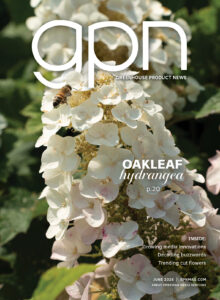
 Video Library
Video Library 

















